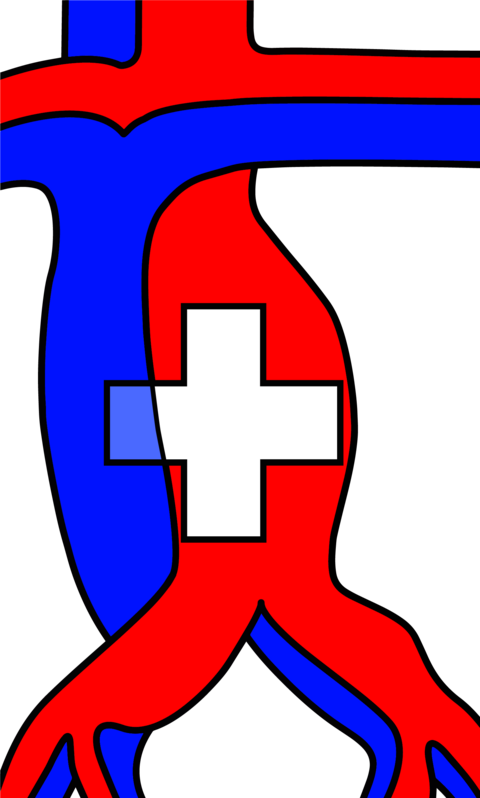Early major fracture care in polytrauma – priorities in the context of concomitant injuries
Musculoskeletal injuries are common in polytraumatized patients, and determining the right treatment strategy and timing is crucial for their outcomes. Recently, several fracture fixation strategies like Safe Definitive Surgery (SDS), Early Appropriate Care (EAC), and Prompt Individualized and Safe Management (PRISM) have emerged, but they often vary regionally and are controversial. All these approaches aim to optimize surgical timing based on patient physiology and concomitant injuries.









